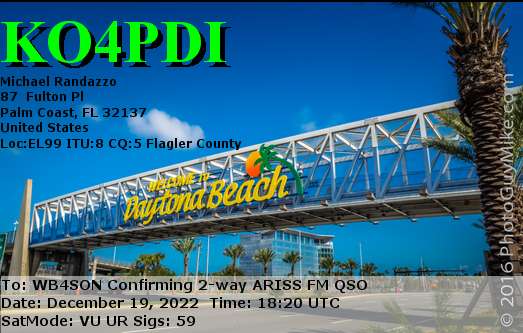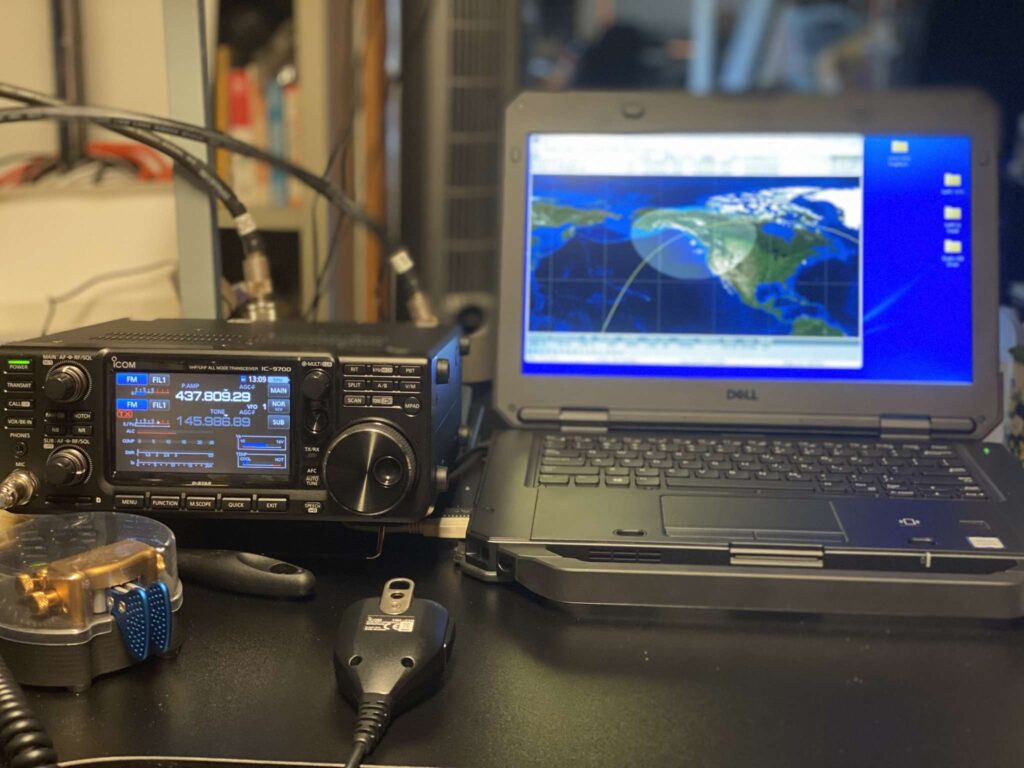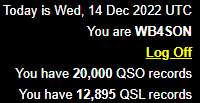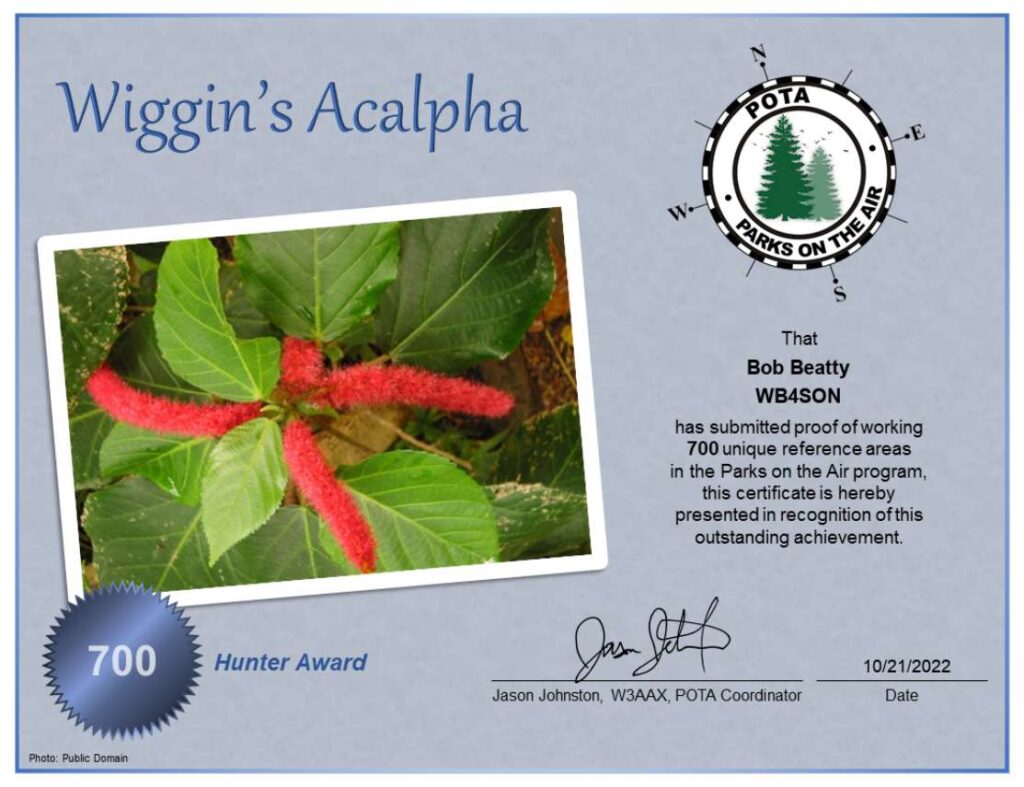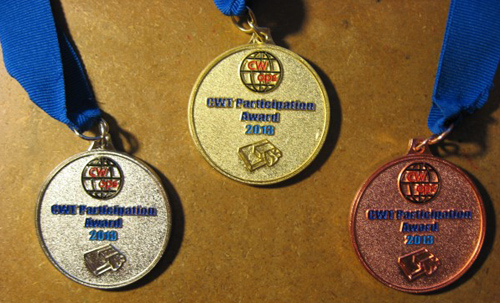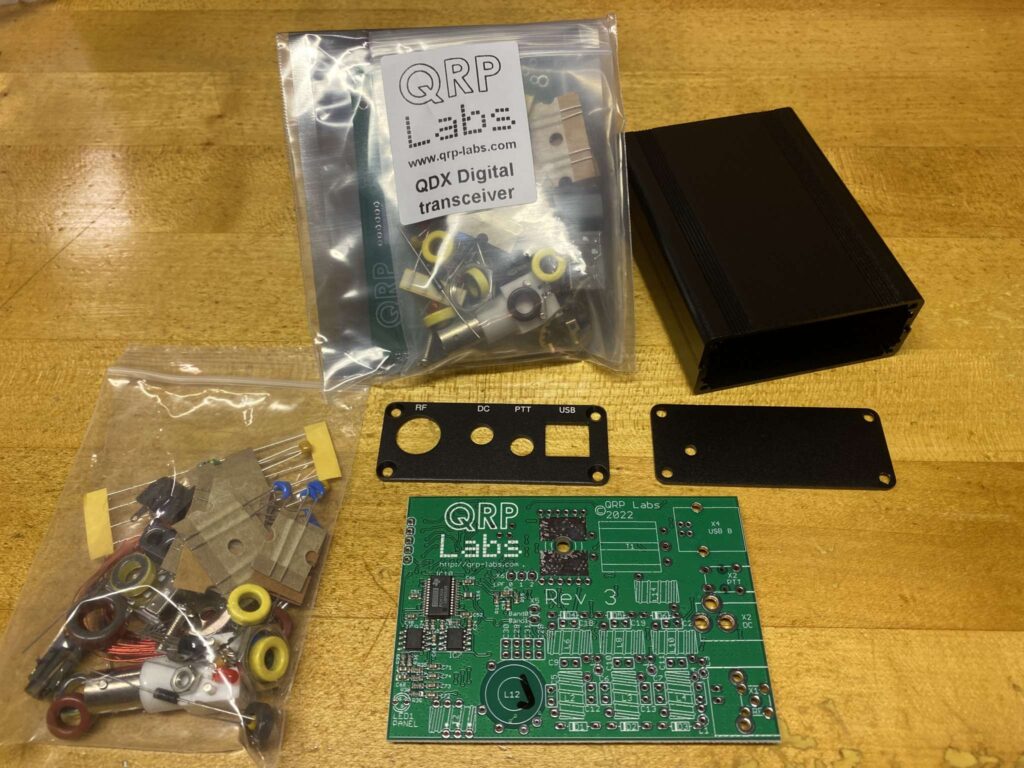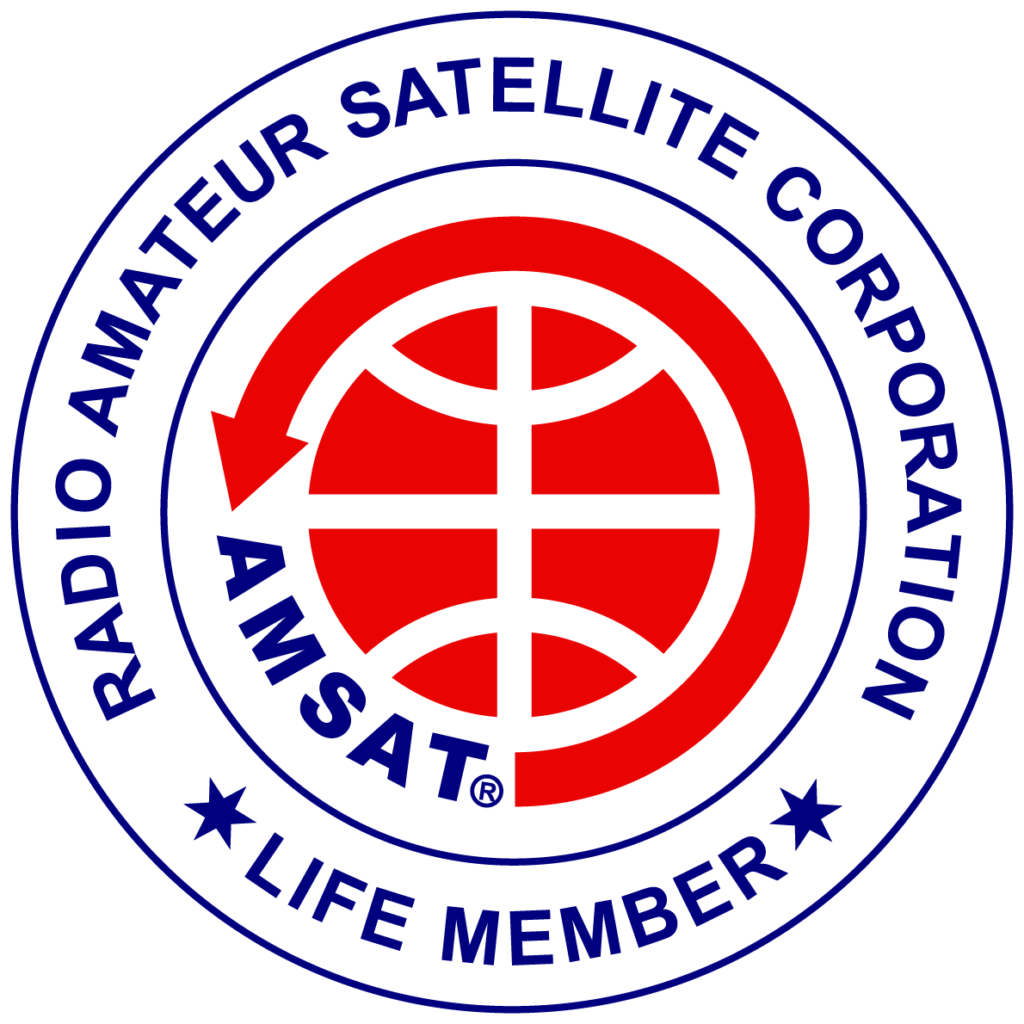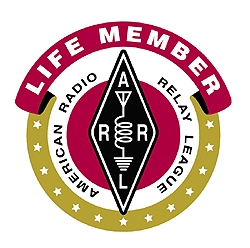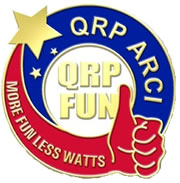While I’ve worked the ISS using their original cross band repeater a few times in the past, I don’t recall if I’ve worked it using the new gear on 145.990 (PL 67.0) / 437.800 (V/U).
Thanks to Magicalmike KO4PDI for the QSO!
By the way, lots of the information about the ISS Cross Band Repeater is out of date, especially many of the popular sources for the SATPC32 Doppler.SQF file. The correct entry for the DOPPLER.SQF file is:
ISS,437800,145990,FM,FM,NOR,0,0,Cross Band Repeater
And the correct entry for the SATPC32 SubTone.SQF file (at least for the Icom IC-9700) is:
ISS,67.0,$3F,1
And don’t forget to set select T1 within SATPC32

